
Night Blooming Jasmine Plants For Sale Cestrum Nocturnum Easy To Grow Bulbs
Cestrum nocturnum is self-pollinating and does not need another plant for cross-pollination. Common pollinators include bats and moths. All Cestrum nocturnum plants flower at the same time. If yours is in flower, you can be sure that every other one in the neighborhood is in flower at the same time.

Cestrum nocturnum L. Plants of the World Online Kew Science
Noteworthy Characteristics. Cestrum nocturnum, commonly called night jessamine or lady of the night, is an evergreen shrub native to lowland thickets, woodland openings, and disturbed areas in the West Indies and from southern Mexico south to Panama.It is widely planted as an ornamental in tropical regions around the world. Mature plants will reach 3-13' tall with a similar spread and an.

Cestrum Nocturnum “Night Queen or Nightblooming jasmine” Uber Nursery
Cestrum nocturnum ( Night Blooming Jasmine ) C. nocturnum is an evergreen shrub with night-blooming white flower clusters. As the flowers open in the evening, a lovely, bold fragrance is emitted. Likes constantly moist soil and full sun. Can tolerate some shade.
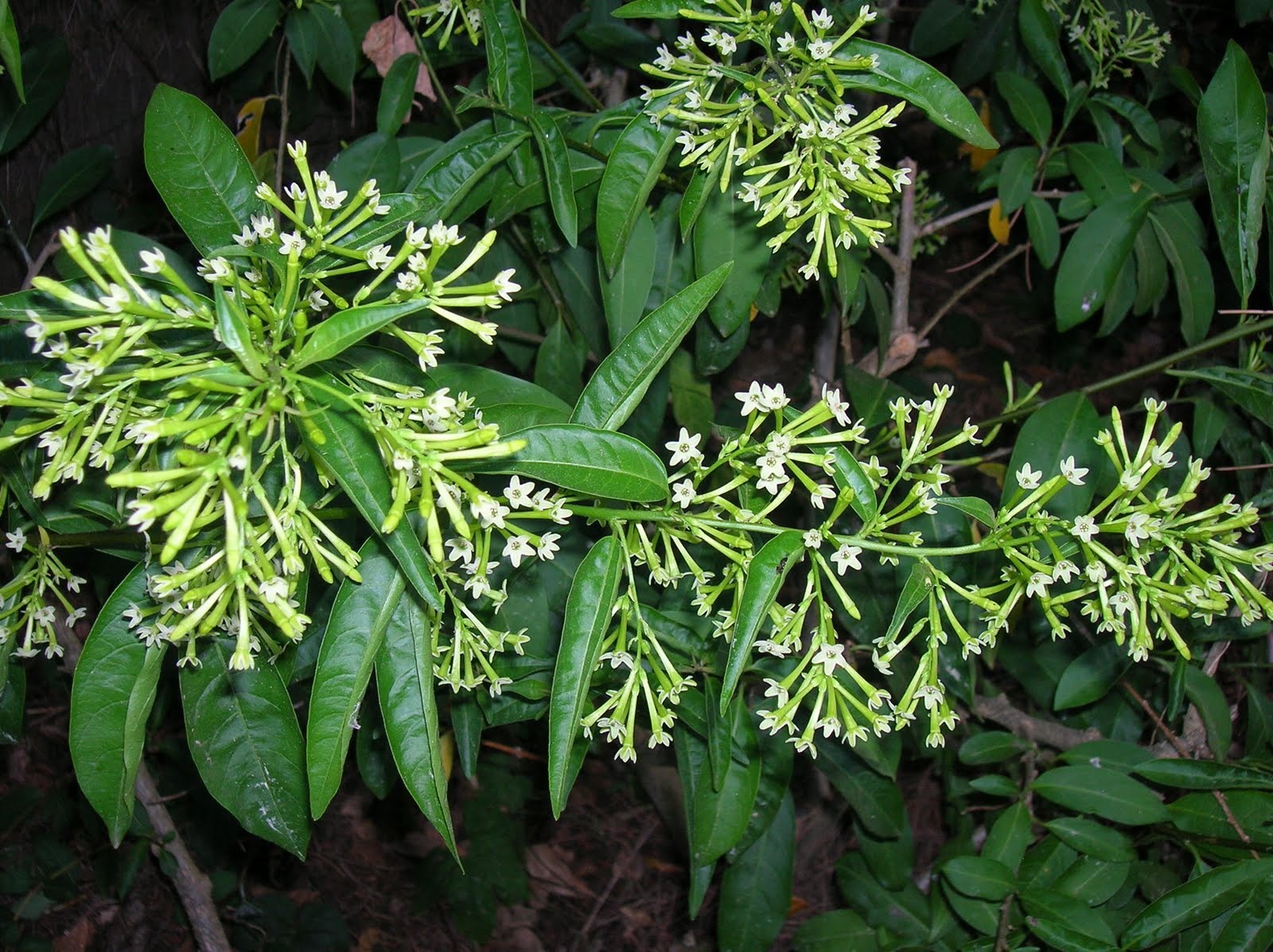
Galán de noche Cestrum nocturnum Garden Catalunya Plants (Sant Vicenç dels Horts, Barcelona)
CESTRUM nocturnum Commonly known as Night jasmine, Night-blooming jasmine Highly fragrant white flowers tinged with pale green, releasing most perfume in the evening. Conservatory shrub Further Reading.. Cestrum - Growing Guide

Ohio Grown Night Blooming Jasmine Plant Cestrum nocturnum 4" Pot Buy Online in United Arab
Prized for its heady fragrance, Cestrum nocturnum (Night-Blooming Jasmine) is a bushy evergreen shrub adorned with gracefully arching branches lined with glossy, pointed, dark green leaves. In summer, a profusion of slender, tubular, creamy-white flowers, 1 in. long (2.5 cm), open in the evening and close the following morning.

Night Blooming Jasmine Plants For Sale Cestrum Nocturnum Easy To Grow Bulbs
Details & Care Guide. FeaturesJust as the common name suggests, the flowers of Night Blooming Jasmine open in the evening and close the following morning. The tiny tubular flowers release an intense sweet perfume that is an invitation for nocturnal visitors. This plant relies on insects and bats to seek nectar and pollinate the blooms.
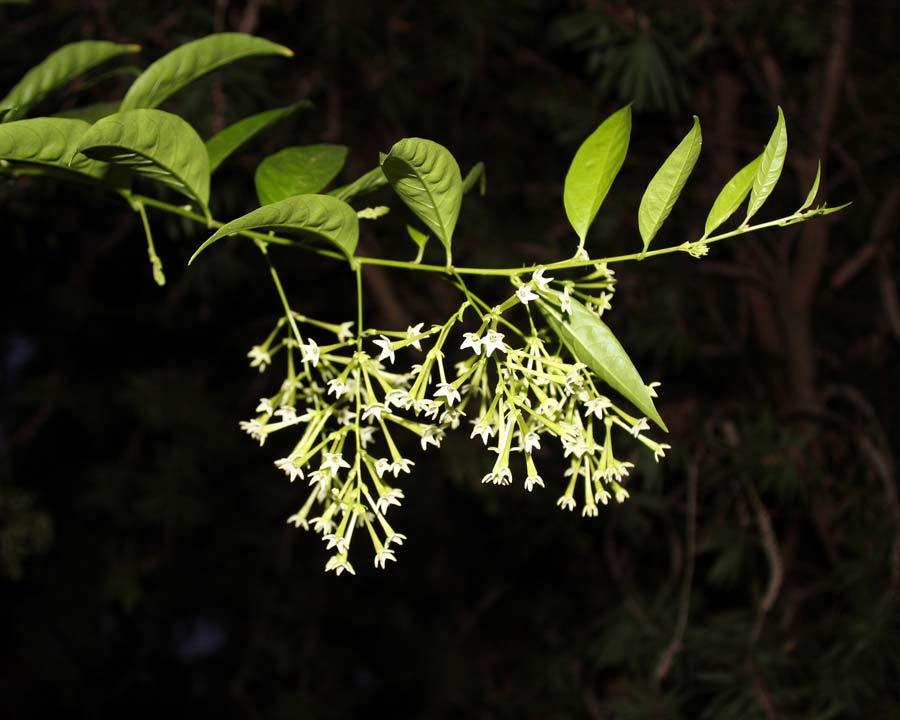
Cestrum nocturnum
Evergreen. Habit. Bushy. Potentially harmful. Harmful of eaten. Wear gloves and other protective equipment when handling. Genus. Cestrum can be shrub or scrambling climbers, with simple, evergreen leaves and tubular or salver-shaped flowers in terminal and axillary clusters, followed by red or black berries. Name status.

Cestrum nocturnum, Nightblooming Jasmine in GardenTags plant encyclopedia
Cestrum nocturnum. L. Solanaceae + Synonyms. Cestrum hirtellum Schltdl. Cestrum scandens Thib. ex Dunal. Cestrum suberosum Jacq. Common Name: Lady Of The Night. Flowering plant (the flowers only open in the dark) Photograph by: Cary Bass Creative Commons Attribution-Share Alike 3.0 Flowering plant (the flowers only open in the dark)
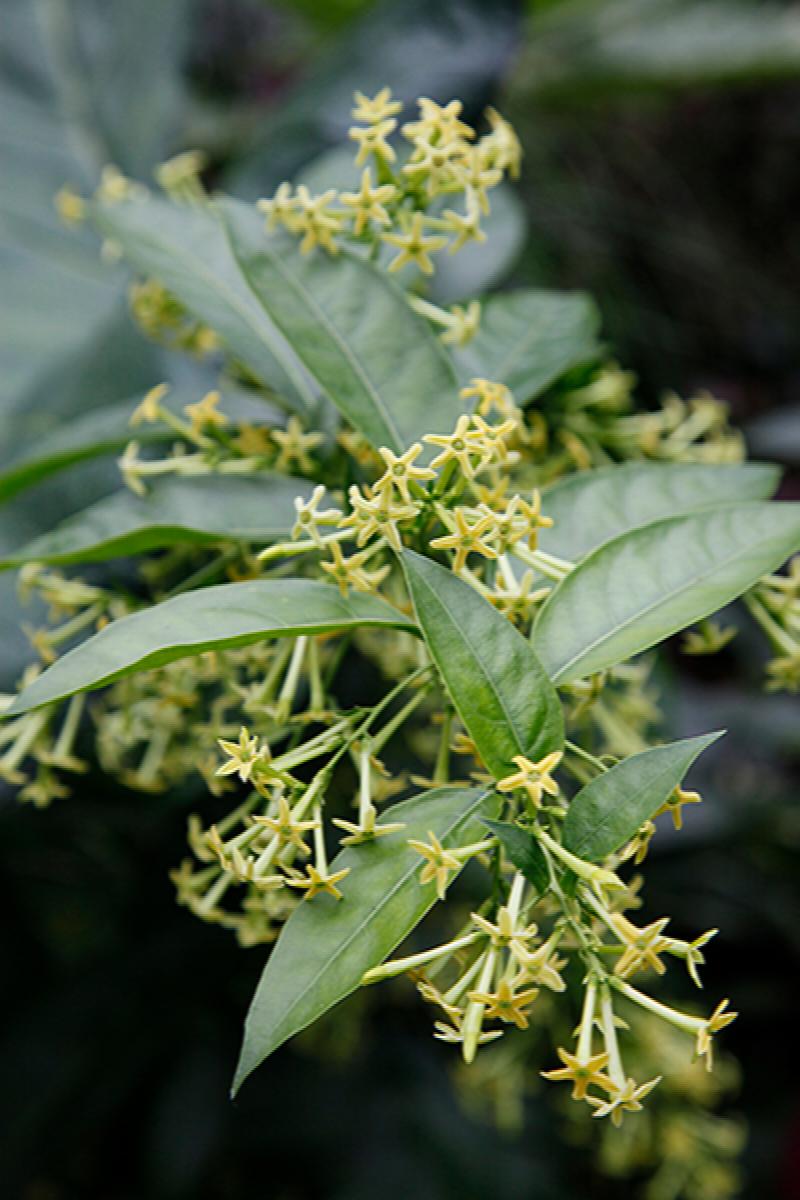
Night Blooming Jessamine, Cestrum nocturnum, Monrovia Plant
Night-Blooming Jasmine (Cestrum nocturnum) is a captivating woody shrub that originates from the West Indies and belongs to the Solanaceae family. Although not a true jasmine, this fascinating plant has earned its name due to the alluring greenish-white or yellow tubular flowers that unfurl at night, releasing a mesmerizing scent that can travel hundreds of feet.
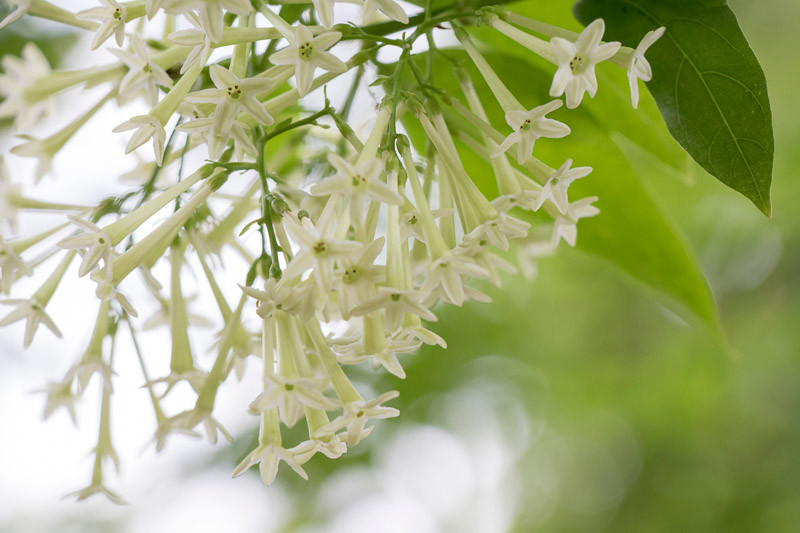
Cestrum nocturnum (NightBlooming Jasmine)
Night-blooming jasmine ( Cestrum nocturnum) is a fast-growing woody shrub. Part of the Solanaceae family, which also includes potatoes and tomatoes, the plant isn't a true jasmine. It gets its name from the tubular greenish-white or yellow flowers that emit a highly fragrant scent at night and are attractive to butterflies and other pollinators.
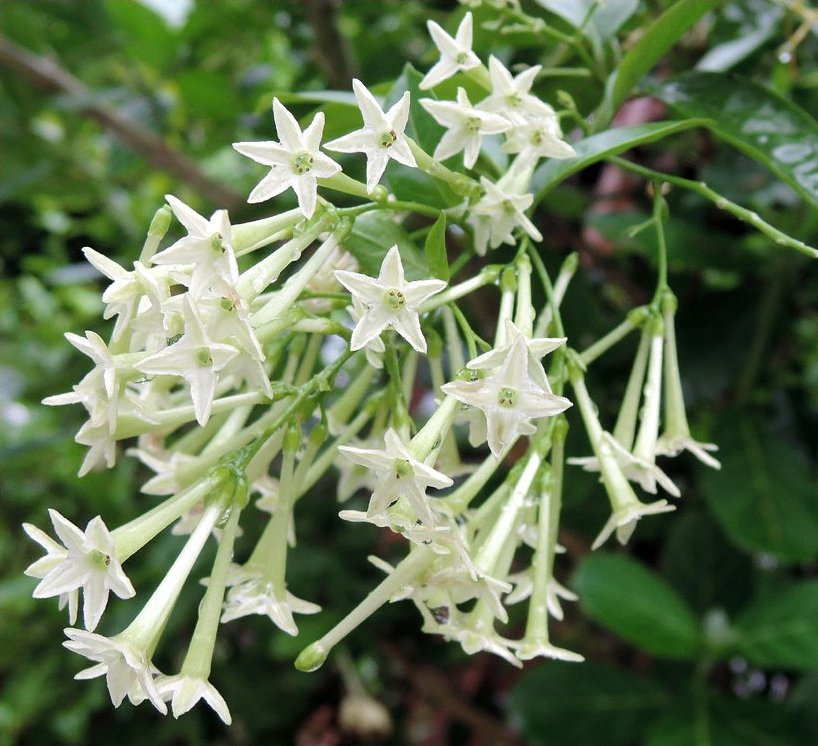
Fragrant NightBlooming Jasmine Cestrum nocturnum 15 Seeds
Night blooming jasmine (Cestrum nocturnum) is a tropical, evergreen shrub that is famous for its sweet smell. The look of the plant is unpretentious. It has clusters of tubular flowers and pointy, dark green leaves. But if you walk by the plant during the evening hours, you will get a whiff of a sultry, sweet scent that is distinctive to this.

Cestrum nocturnum, Nightblooming Jasmine in GardenTags plant encyclopedia
By far the bestselling cestrum in our catalogue is firmly a greenhouse plant and called Cestrum nocturnium or 'night jasmine'. It is reputed to have aphrodisiac properties which may well explain its popularity. Even in the greenhouse this evergreen plant may be cut back to ground level in winter but it will soon reshoot.
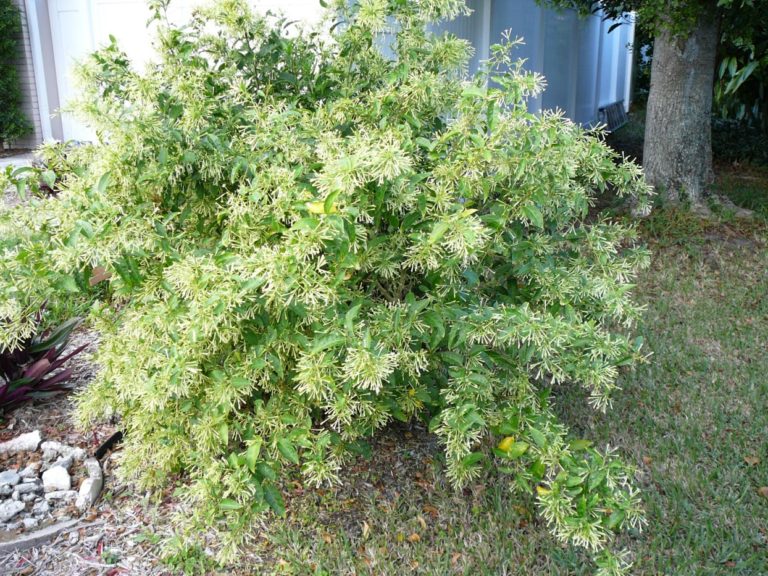
Cestrum nocturnum Acacia LLC
Cestrum nocturnum L. First published in Sp. Pl.: 191 (1753). This species is also widely used as a medicinal, hedging and ornamental plant throughout the world, but has been implicated in fatal poisoning of horses. Distribution Flora districts: U2 K4 T2 T3 T6 Z (fide U.O.P.Z.) Range: Native to West Indies or Central America, widely.

Cestrum nocturnum Garden Variety
Night-blooming jasmine ( Cestrum nocturnum) is a flowering plant that belongs to the nightshade ( Solanaceae) family. Night-blooming jasmine is an evergreen shrub that displays glossy green leaves and tiny white flowers. Native to the West Indies in the Caribbean, night-blooming jasmine grows best in USDA hardiness zones nine through eleven.

Cestrum nocturnum/Raat Ki Rani Flowering Plants Exotic Flora
Cestrum nocturnum lady of the night A bushy, evergreen shrub to around 4m with arching stems bearing ovate leaves and panicles of greenish-tinged, creamy-white, tubular flowers that release a sweet and musky perfume at night. Flowers may be followed by clusters of small, white fruits Other common names night jessamine night-blooming jasmine

Night Blooming Jasmine (Cestrum nocturnum)
Night Jasmine Information Commonly known as night-blooming jasmine, night-blooming jessamine, or lady-of-the-night ( Cestrum nocturnum ), it is not a true jasmine, at all, but is a jessamine plant of which are members of the nightshade (Solanaceae) family along with tomatoes and peppers.